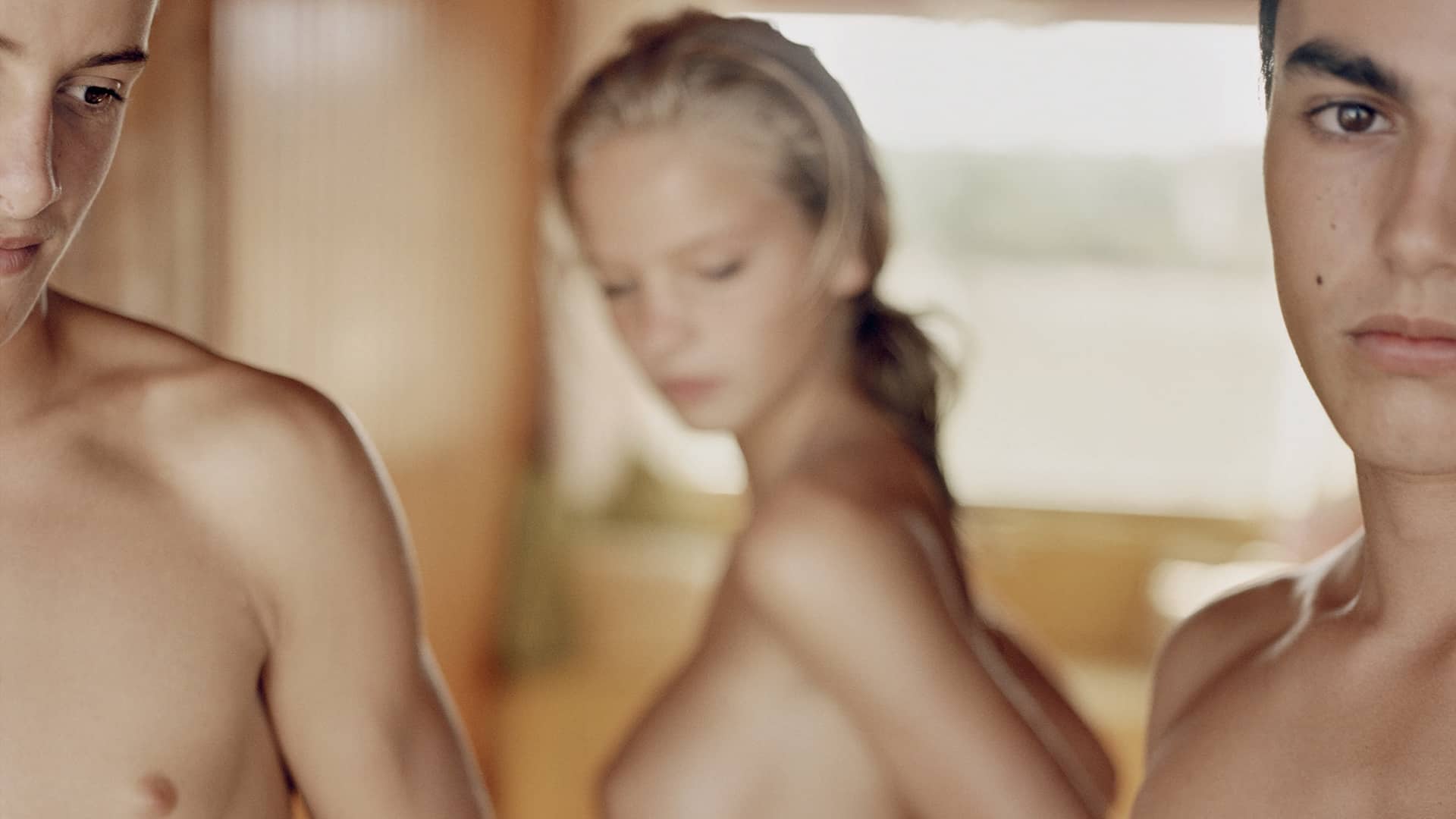Over a career spanning more than twenty years, Mona Kuhn’s underlying theme has always been humanity’s longing for spiritual connection and solidarity. She is renowned for developing close relationships with her subjects, resulting in images of remarkable intimacy. The new book Mona Kuhn: Works is her first retrospective.

You’re getting blind.
Don’t miss the best of visual arts. Subscribe for $9 per month or $108 $90 per year.
Already suscribed ?



